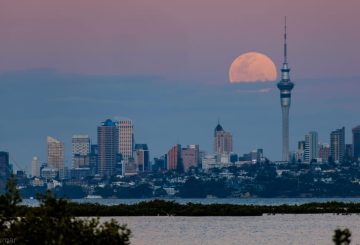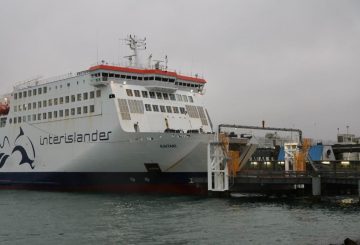Alam mo ba na ang Biyernes ay World Sleep Day? Muling sinimbestigahan ni Sealy NZ kung paano natutulog ang mga New Zealanders (Kiwis). Ipinapakita ng kamakailang pananaliksik na 90% ng mga Kiwi ang naniniwala na mas mahusay na pagtulog ay magpapabuti sa kanilang
Ang Global Sleep Survey ni Sealy, na nag-aaral sa mga gawi sa pagtulog ng higit sa 20,000 katao sa buong mundo, ay isinagawa sa New Zealand sa tulong ng Sleep Expert na Dr. Kimberly Falconer. Ang layunin ay upang mas maunawaan ang mga gawi sa pagtulog ng Kiwi at makahanap ng mga paraan upang mapabuti ang kalidad
Natuklasan ng pag-aaral na mahalagang tumuon sa ‘kahusayan sa pagtugo’ sa halip na ‘tagal ng pagtulogo’. Bagaman higit sa kalahati (55%) ng mga Kiwi ang nakakakuha ng inirekumendang pitong hanggang walong oras ng pagtulog sa isang gabi, isang nakakagulat na 60% na nagising na nakakaranas ng pagod nang hindi bababa sa limang araw sa isang linggo. Nakakagulat, isa sa 10 Kiwi ay hindi kailanman nagising sa pakiramdam ng nakapagpapaligo. Ang bilang na ito ay tumataas sa isa sa apat para sa mga nagtatrabaho sa pagbabago ng shift.
Ang mga gawi sa pagtulog ni Kiwis ay tila nakakaapekto sa kanilang kalidad ng pagtulog kaysa sa ilan sa kanilang pandaigdigang katapat. Sa lahat ng mga bansang nasuri, ang mga New Zealanders ang pinakamataas na mamimili ng mga inuming caffeinated, na may 93% sa atin na umiinom ng hindi bababa sa isang inuming caffeinated araw-araw. Ang isa sa siyam ay kumonsumo pa ng kanilang inumin na caffeinated bago matulog.
Ang paggamit ng aparato bago matulog ay mas mataas din sa New Zealand kaysa sa pandaigdigang average (77%), na may 83% ng mga Kiwi na nanonood ng TV o gumagamit ng isang elektronikong aparato para sa libangan bago matulog. Ang Malaysia lamang ang may mas mataas na porsyento. Mas malamang din ang mga Kiwi kaysa sa mga Australian na gumamit ng isang aparato para sa social media o pagmemensahe bago matulog.
Kapansin-pansin, mas madalas na natutulog ang isang tao malapit sa kanilang telepono, mas mababa ang malamang na magising sila sa pakiramdam ng pagigising. Nag-aalala ito, dahil 65% ng mga New Zealand ang pinapanatili ng kanilang mga mobile phone malapit sa kanilang kama habang natutulog sila. Tumalon ang bilang na ito sa 87% para sa mga wala pang 25.
Ang tema para sa World Sleep Day 2024 ay “Sleep Equity for Global Health”. Sa kasamaang palad, ang mga kababaihan ay tila nasa isang kawalan. Ang mga ito ay 58% mas malamang na magkakaroon ng problema sa paghuhulog at manatiling pagtulog. Ipinakita rin ng pananaliksik na ang mga kababaihan ay mas malamang kaysa sa mga lalaki na maapektuhan ang kanilang buhay ng kakulangan ng pagtulog.
Sa mas magaan na tala, sa kabila ng karaniwang mas mainit na panahon ng Australia, mas malamang na matulog na hubad ang mga New Zealanders. Isang apat ng mga kalalakihan sa Kiwi ang nag-ulat na natutulog na hubad, kumpara sa 12% ng mga kababaihan






























































